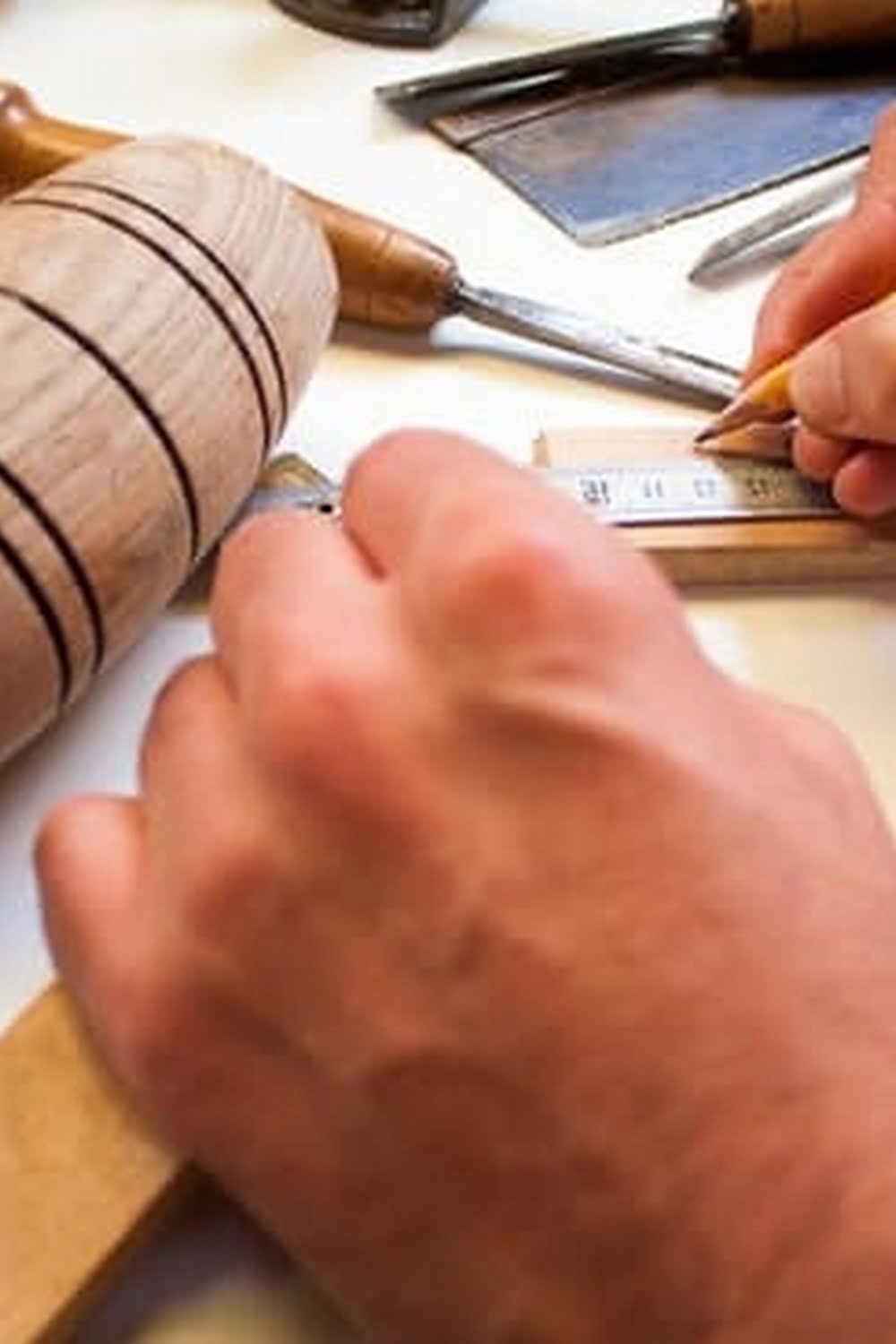
Woodworking is an interesting hobby with a lot of potential. Once you learn and master the basics of this craft, the possibilities are endless. Combine this experience with teaching your kids, and you have something truly special.
Not only could you instill in your children a deep appreciation for the craft of woodworking, you can also incorporate many lessons and learning skills without your child knowing it! Woodworking can help kids with their eye-hand coordination, dexterity, problem solving, and measuring skills.
Woodworking can also teach a child how to take an abstract idea and make it real through careful planning from start to finish. However, before you put those grand designs in motion, cover a few basics first.
One of the very first lessons your child will learn is that mommy or daddy’s tools are not toys. The kids need to know that if they are going to be working in the woodshop, there are rules that everyone – even you – have to follow.
Saws are sharp, hammers hurt, nails or screws left on the floor can cause a fall or other injury, and in the woodshop, everyone has to be careful and pay close attention. When working in the woodshop, teach your child that he or she should wear safety glasses at all times. Above all, never leave your child to work unsupervised.
Keep in mind that you want to start slowly. You wouldn’t want to begin by teaching your four year old how to use a rotary saw. Instead, give your younger child small jobs. A good task would be helping sand a plank of wood to prepare it for staining, or letting him or her draw a measurement while you hold the ruler and point out where the line should begin and end.
Start with the most basic tools and techniques and build on them one by one. A child’s first project might be something as simple as making a set of shelves or a small bookcase.
Teach your child about the different types of wood, what trees produce that wood and the properties of each. Tell them why you would use oak instead of pine for a certain project. Show your child that there is more to woodworking than cutting and nailing boards together.
Wood can be bent, carved, burnt, painted, glued, or stained to make many different and beautiful things. You can point out kitchen cabinets, furniture in the living room, a guitar in the corner, or the picture frame hanging on the wall as examples of wood’s versatility.
For those of you who have children under four years old, you can still get them acquainted with tools. Many toys resemble the kinds of tools daddy uses in the workshop. You can get a toddler-sized workbench with a set of tools safe for tiny hands, or toy versions of little power tools that your child can pretend to operate. Whatever the child’s age, you can find a way to spark an interest in woodworking that will last a lifetime.

Hi everyone! I’m a woodworker and blogger, and this is my woodworking blog. In my blog, I share tips and tricks for woodworkers of all skill levels, as well as project ideas that you can try yourself.




